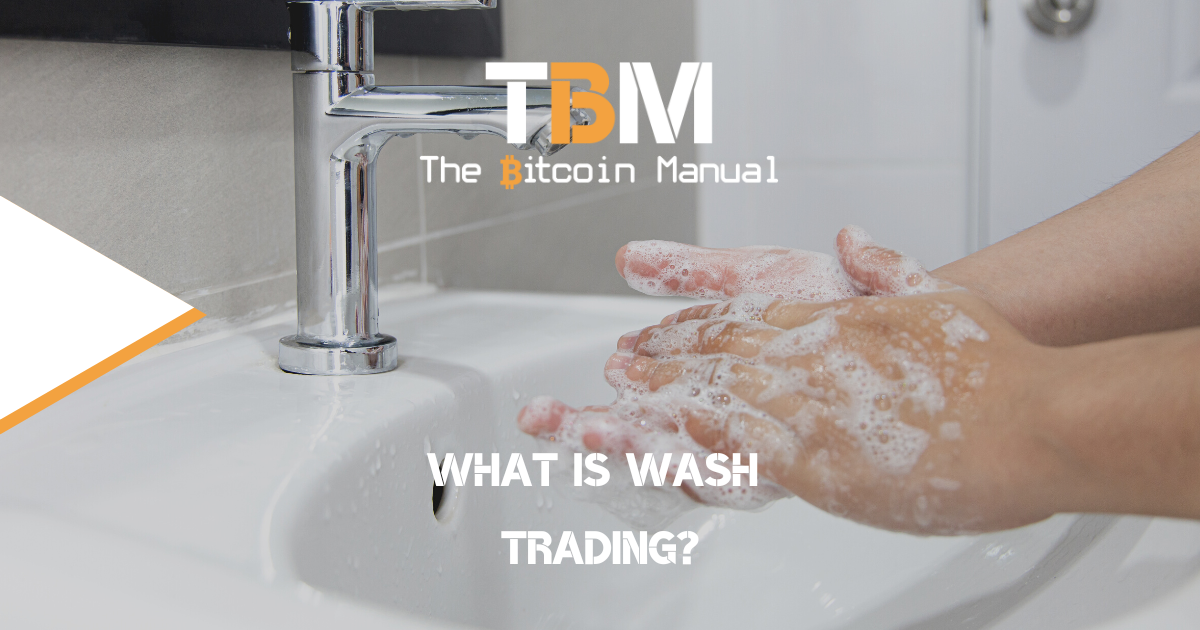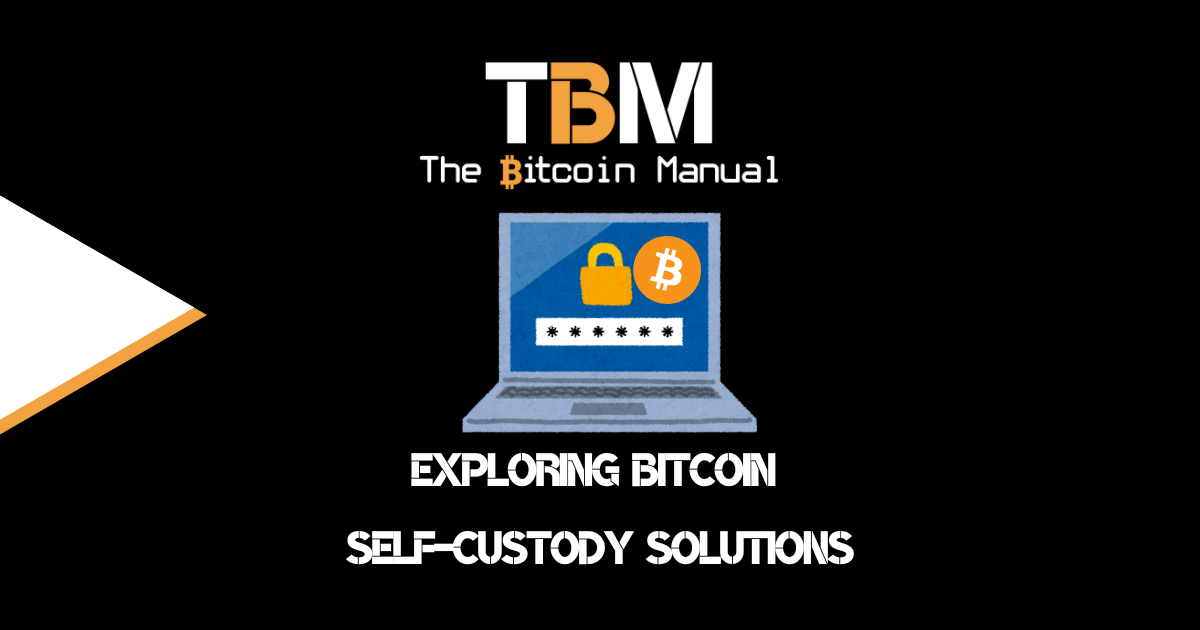When you first get into Bitcoin, you might think that it’s all about trading; you’ll see charts posted on social media, and you’ll get slammed with technical analysis mumbo jumbo; you’ll get ushered into trading groups or encouraged to purchase signal packages and trade on certain exchanges.
As a newbie in Bitcoin, you are likely not applying one of the first rules of Bitcoin, which is not to trust but verify. So you go along with these narratives and eventually put your capital to work as one of the many new click traders, trading against the house, market markers and an army of bots, all with more capital, skill, insight and data than you.
If that’s not enough to stack the odds against you, the data you are looking at could be falsified, especially if you’re trading on off-shore exchanges that are a bit lax when it comes to managing their trading platforms. When you look at exchanges where you’d like to trade, you’re encouraged to use places with more volume and liquidity since it should translate to less slippage.
You want to go where the action is, to play with the big boys, but the big boys don’t exactly play fair; they play to win, and if you don’t know how they play, you’re playing to lose. One tactic you should be aware of when getting into trading Bitcoin is wash trading.
Wash trading has become a norm in Bitcoin and crypto markets and is a practice that has existed in financial markets for decades. It is a form of market manipulation that involves artificially creating trading volume by simultaneously buying and selling an asset with the intention of creating a misleading impression of market activity.
What is wash trading?
Wash trading is a market manipulation technique that involves buying and selling a financial asset at the same time. The aim of wash trading is to create the appearance of market activity that is not actually taking place. Wash trading can be used to manipulate the price of an asset, increase trading volume, and create a false impression of market demand.
If you think a certain trading platform is buzzing with open interest, you might be inclined to take more risk, make bigger bets, or employ strategies that leave you more exposed, and when that wash trading volume is removed, you’re left high and dry.
How does wash trading work?
Wash trading is executed by traders who hold the same asset in two separate accounts. The trader then places both a buy and a sell order on the same asset at the same time. The buy order is placed on one account, while the sell order is placed on the other account.
The result is that the trader has effectively traded with themselves, with no change in their overall position.
Why do traders employ wash trading?
Traders employ wash trading for a variety of reasons. The most common reason is to manipulate the market by creating artificial trading volume. High trading volume can create the impression of high demand for an asset, which can cause other traders to buy the asset, pushing up the price. This allows the wash trader to profit from the price increase.
Another reason why traders employ wash trading is to create a false impression of liquidity. A high trading volume can create the impression that there is a lot of liquidity in the market, which can encourage other traders to enter the market. This can make it easier for the wash trader to exit their position at a profit.
Why is wash trading illegal?
Wash trading is illegal because it is a form of market manipulation. It can create a false impression of market demand, which can lead to other traders buying or selling an asset based on misleading information. This can cause the price of an asset to be artificially inflated or deflated, which can harm investors who are not privy to insider information.
Wash trading is also illegal because it violates the rules of fair play in financial markets. It gives an unfair advantage to traders who engage in the practice and can harm the market’s integrity by creating a false impression of market activity, sending signals into the market that misprice risk and misdirect capital that would likely end up in other markets or trades where it would be better served.
Wash trading was first barred by the federal government after the passage of the Commodity Exchange Act in 1936, a law that amended the Grain Futures Act and also required all commodity trading to occur on regulated exchanges.
The Commodity Futures Trade Commission (CFTC) regulations also prohibit brokers from profiting from wash trades, even if they claim they weren’t aware of the trader’s intentions.
Wash trading returned to the headlines in 2013 in the form of high-frequency trading practice of using super-fast computers and high-speed internet connections to perform upwards of tens of thousands of trades per second, which again was regulated to limit its impact on markets.
This is not to say wash trading is all but gone from traditional markets, but it has been limited due to regulation and the threat of investigation.
So what do traders do? What they do best. They find a way around the established rulesets.
If you can’t play the game you want to play, find another playground where anything goes, and traders found that in Bitcoin and cryptocurrency markets.
Wash trading in Bitcoin and altcoin markets.
Wash trading has become a growing concern in the Bitcoin and cryptocurrency markets. The decentralised nature and lack of regulation of these markets make it easier for traders to engage in wash trading, as there is no centralised authority to oversee market activity.
This has led to concerns that wash trading is becoming more widespread in these markets. A recent working paper from the National Bureau of Economic Research found that wash trades accounted for up to 70% of all transactions on non-compliant (off-shore) crypto exchanges, while if a Forbes analysis is to be trusted, they claim out of 157 crypto exchanges they reviewed around 51% of the daily Bitcoin trading volume was likely bogus.
The Bitcoin and cryptocurrency market is also highly volatile, which makes it more susceptible to manipulation. Wash trading can be used to manipulate the price of coins, especially small-cap shitcoins and centrally controlled tokens, creating a false impression of market demand and causing other traders to buy or sell an asset based on misleading information.
How wash trading hurts smaller traders.
Wash trading can hurt smaller traders by creating a false impression of market demand. When smaller traders enter the market based on misleading information, they can be at risk of buying or selling an asset at an inflated or deflated price. This can lead to significant losses for smaller traders who do not have the resources to withstand market volatility.
Wash trading can also hurt smaller traders by giving an unfair advantage to larger traders who engage in the practice. Larger traders who engage in wash trading can manipulate the market in their favour, which can make it more difficult for smaller traders to compete.
Big trading firms and market makers want to get you into the arena where they have the advantage, so you need to be vigilant and never trust exchange data when you plan on trading.
Don’t become a washout.
As the Bitcoin market continues to grow and mature, regulators and market participants can take steps to prevent wash trading and other forms of market manipulation, but enforcement is another ball game altogether. Exchanges will simply host their servers in regions where they cannot be prosecuted or try to use the regulatory grey area of on-chain DEXs and market makers to obfuscate their business.
Exchanges can prevent wash trading by implementing measures such as trade surveillance and monitoring and imposing penalties on traders who engage in the practice. Still, these exchanges often know these entities are running these trading strategies and even fund and encourage them. You can’t rely on someone booking profits based on this strategy to want to enforce rules against it, now can you?
I am not here to tell you what to do with your money; if you think you have an edge in the trading game, by all means, go ahead and trade your bags, but don’t say you weren’t warned when you end up in positions you cannot unwind, because you followed the illusion of liquidity into a trade.
How to avoid being in a wash trade?
Wash trading is more prevalent in smaller and newer markets than in the larger, more established markets since it requires less capital to manipulate these markets or a trader has been gifted a healthy supply of tokens to make a market and give the illusion of trade volume.
All NFTs have no volume or interest in their trading; why would they? THey’re non-fungible; the whole point is that they should be no liquidity. Therefore, NFT owners and issuers are constantly in wash trading to lure unsuspecting buyers into purchasing the NFT at an inflated price. The best defence against wash trading is to avoid all NFTs and shitcoins.
To avoid being the victim of a wash trade, you would want to stick to a larger exchange and the deepest, most liquid market in Bitcoin, but even then, it is not 100% given. There is plenty of rehypothecation going down on exchanges, and with their data made public, they have the incentive to ensure their trading doesn’t go below a particular range. While larger exchanges might have less wash trading by percentage, please don’t confuse it with no wash trading.
The best way to avoid getting caught up in a wash trade is to simply smash buy at the price you like and secure your coins by taking them off the exchange. If you are the type to stack sats and hodl, you have nothing to worry about, but if you’re going to try and chase capital flows in and out of exchanges, I wish you the best of luck.
How do you hold your Bitcoin?
Where do you check the price of Bitcoin? Have you noticed price differences in the past? How do you source the cheapest Bitcoin? Do you buy Bitcoin on an exchange? Do you dollar cost average, smash buy or use limit orders?
Let us know in the comments down below.




